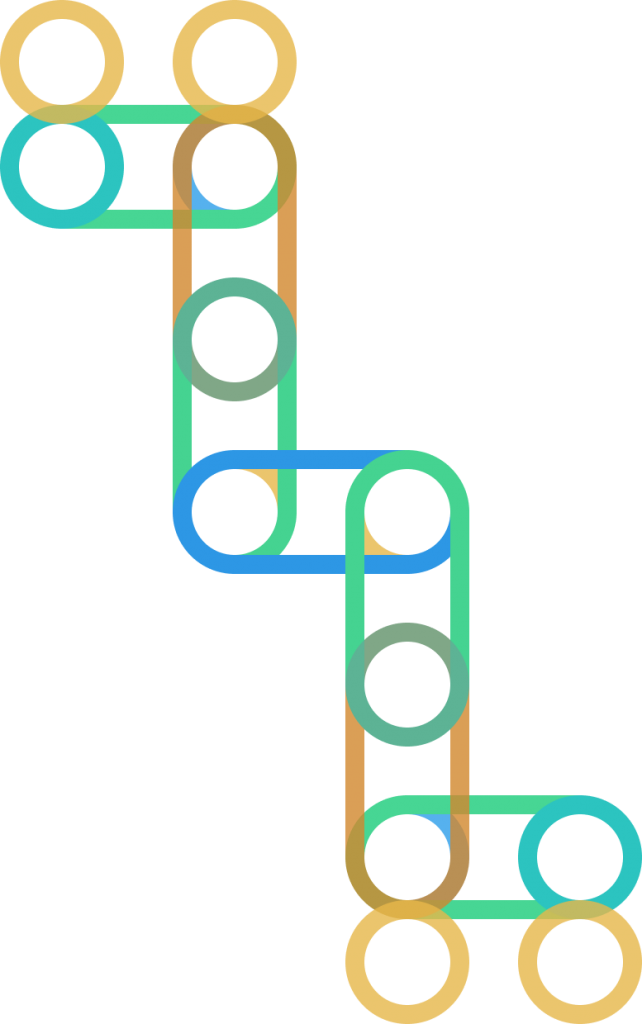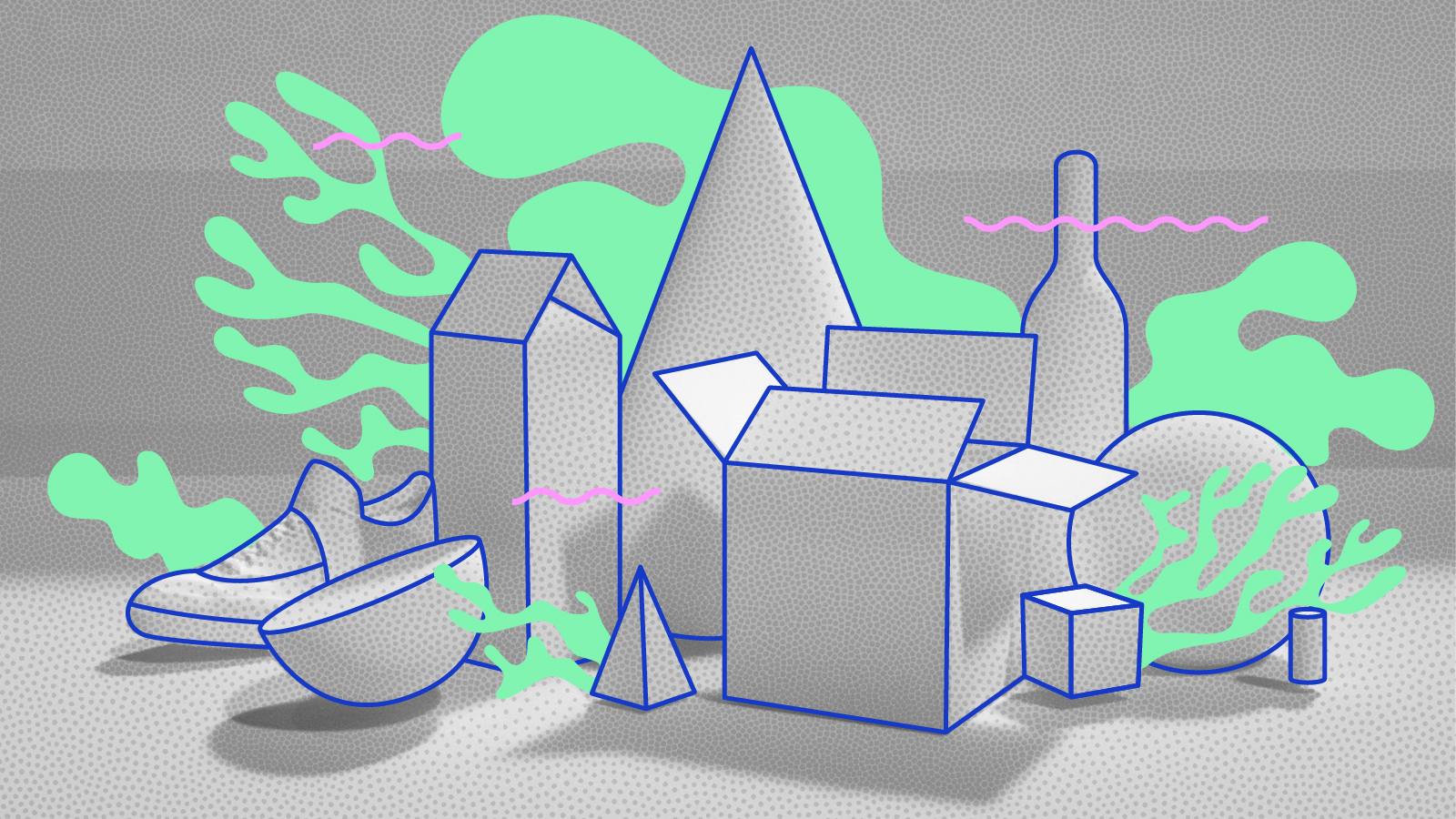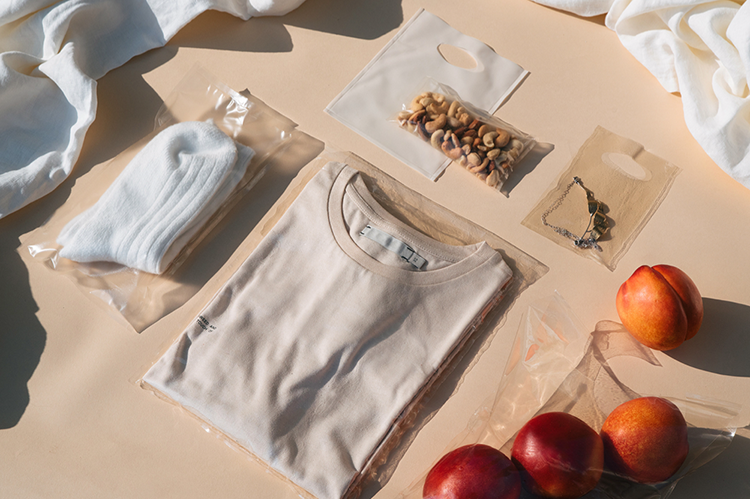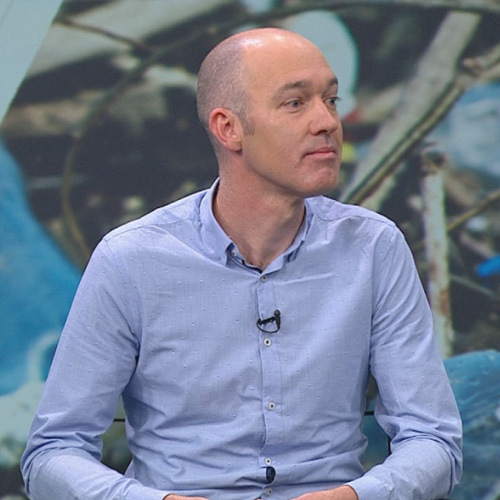
Like forest and peatlands, coastal wetlands have come under severe pressure and restoring mangroves, salt marshes, and seagrasses are critical as a solution to global warming as well as restoring biodiversity and the environmental benefits provided by these fragile ecosystems.

According to Project Drawdown, protecting 6.1–7.2 million hectares of currently degraded coastal wetlands by 2050 and allowing natural regrowth to occur could sequester 0.99–1.01 Gigatons of carbon dioxide by 2050. Bioplastic producers have found a novel way to convert this activity into one with double impact, replacing the use of fossil fuels with bioplastics made from seaweed.
It is estimated that all algae, including the phytoplankton, are jointly responsible for producing 90% of the oxygen in the atmosphere and up to 80% of the organic matter on Earth.
As yet the use of seaweed as a bioplastic alternative is still to gain traction in the PET polymer industry but it is having success in other areas, in particular packaging.
Initiatives that deserve support.

Zerocircle
Founder Neha Jain turned to the very thing she was trying to protect for inspiration in her quest to find a solution to plastic waste working its way into the oceans. Using sustainably farmed seaweed, Neha and the team at Zerocircle have created carbon-neutral plastic alternatives. Zerocircle operates on a B2B model, selling its solution to environmentally conscious consumer brands that want to reduce their carbon and plastic footprints within the processed food, personal care, medical and fresh food industries. Currently, Zerocircle seaweed plastic will be able to replace LDPE (low-density polyethylene) and PP (Polypropylene) types of plastic and has been used to replace flexible food packaging. By increasing the amount of seaweed grown in key locations around India’s coastline, the company is also playing an important role in improving biodiversity, water quality and buffering the negative effects of ocean acidification.
More Info:
Zerocircle

Sway
Sway uses the principles of the circular economy to design not only our products, but its entire supply chain to restore social and natural systems harmed by climate change and pollution. It’s flexible plastic products are designed to restore and regenerate one of the planet’s most vibrant ecosystems, seaweed forests which provide vital services both above and underwater. The company argues that seaweed grows up to 60 times faster than other land-based crops, and can sequester up to 20 times more carbon per acre than forests. Sway partners with communities that have been severely affected by global overfishing and changing ecologies to cultivate seaweed that is inexpensive, requires no pesticides or fertilizers, and demands little equipment. Currently the company is focused on replacing the 160 million tons of plastic bags, wrappers and pouches produced across the globe each year, of which it is estimated that only 1-3% are recycled.
It’s long-term mission is to build a system that actively heals the planet, with the goal of bringing regeneration into wider practice.
More Info:
Sway
If you know of a PET-powered initiative supporting coastal wetlands ecosystem restoration please share with us any information that you think we might find useful.
As the ancient proverb goes, “The best time to plant a tree was 20 years ago. The second best time, today”. If you want to take a step towards fostering a regenerative mindset, or improve the impact your current value chain has on the environment, we’d love to hear from you and help support the good work you’re doing. Get in touch with us and take advantage of our extensive global network, and work together to restore some of our fragile ecosystems.
Sign up to the AdaPETation network and share with us what you can do to contribute to the United Nations Decade on Ecosystem Restoration.
Share it
THE HISTORY OF PLASTIC
Throughout the history of plastic, PET has been crucial in keeping food fresh with lightweight and durable packaging solutions that have helped reduce food waste for almost a century. Learn all about the invention of plastic and the important role it has played feeding people and saving the lives of humans and elephants in the adaPETation® timeline of the history of plastic.




